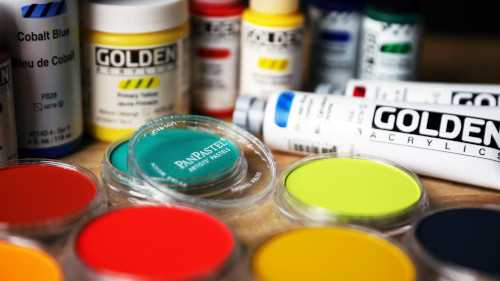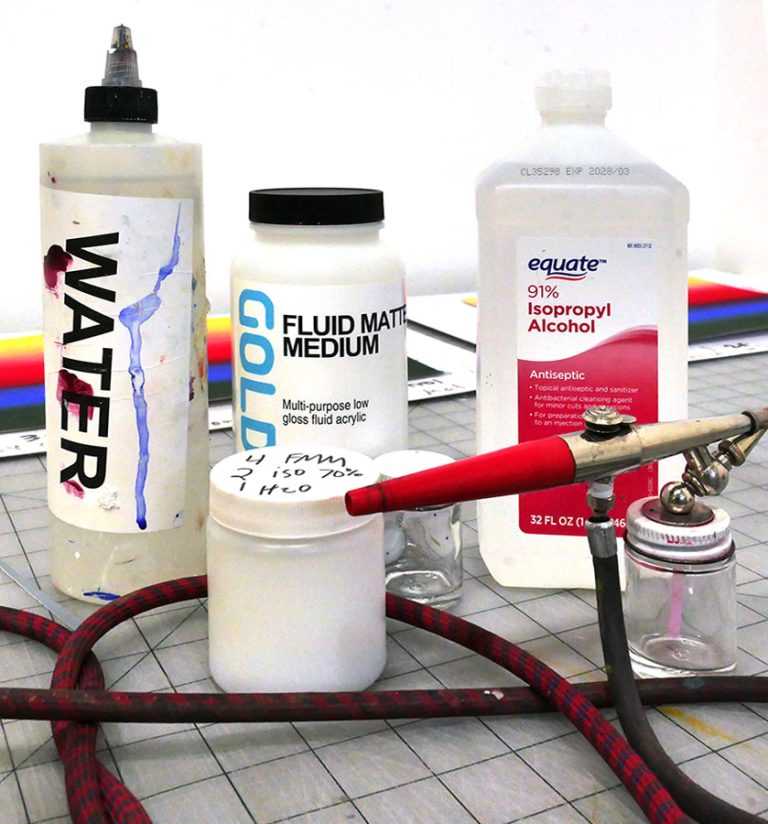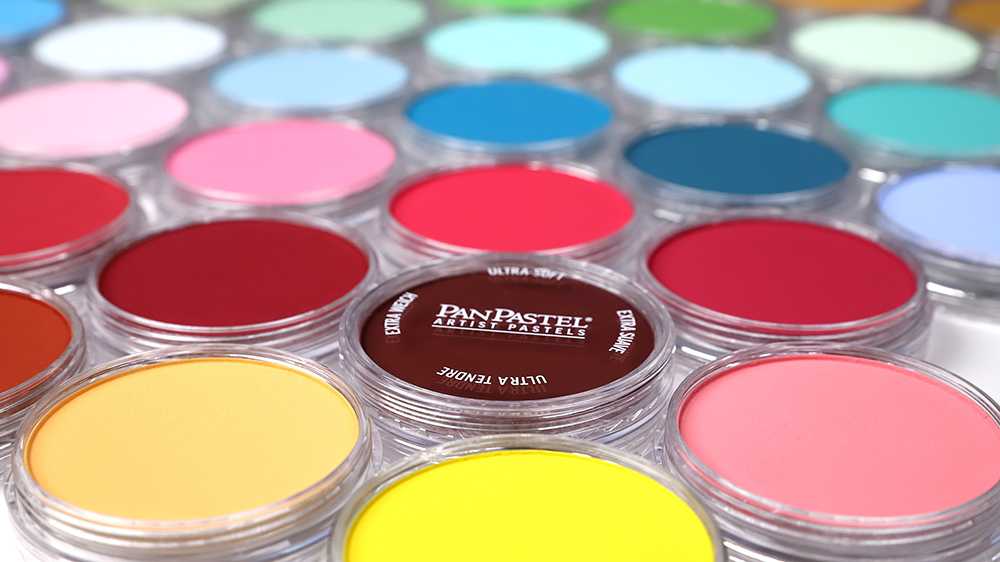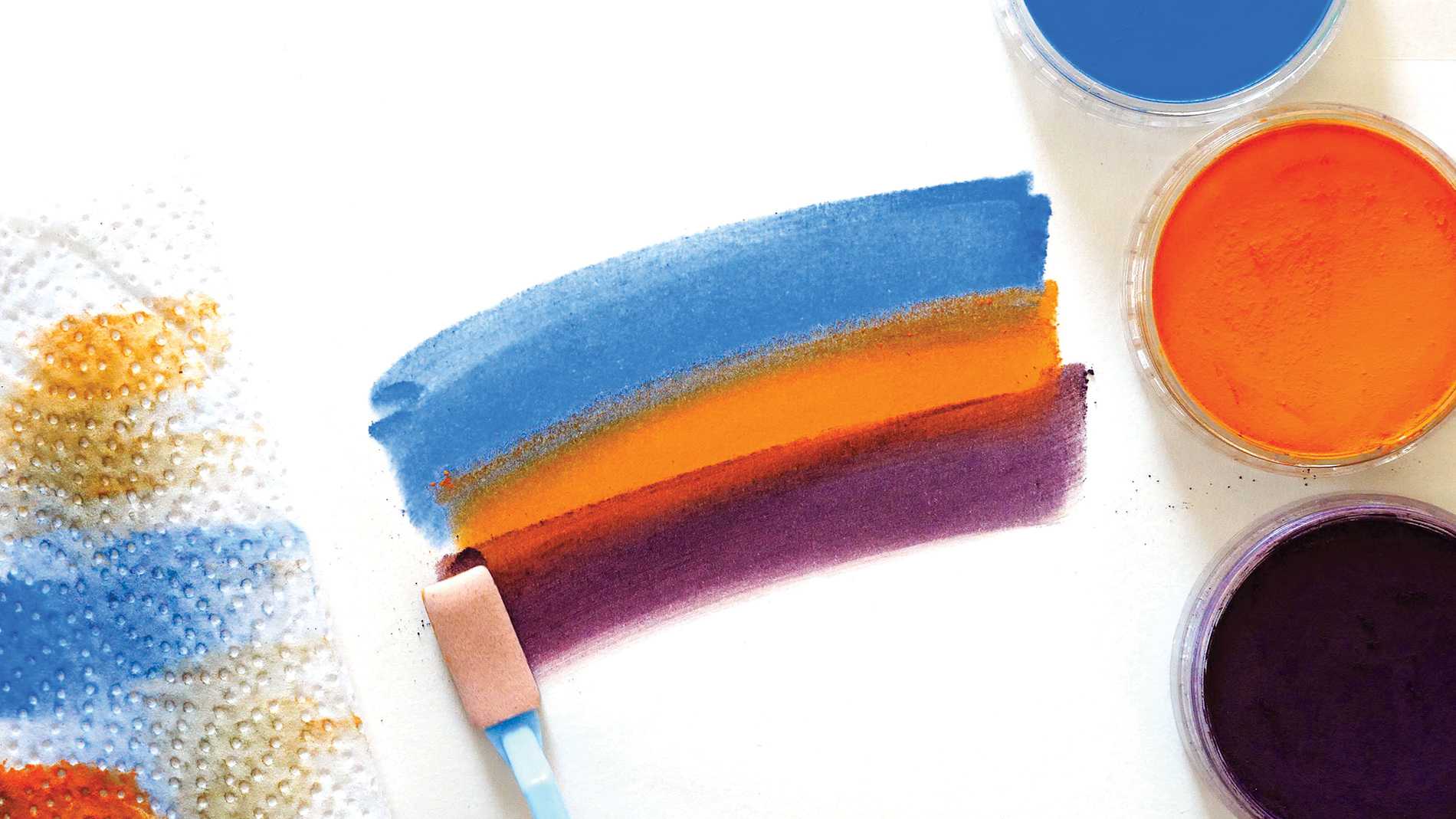The principles of painting with PanPastel are very similar to painting with other mediums, except that the colors are dry rather than wet. Painting with a dry color medium brings many advantages - PanPastel is instant, doesn’t require water or solvents, combines well with other media and will work on almost any surface. It is also a very forgiving medium to use for painting, as you are not dealing with a drying time, as with wet paint, and can therefore correct or change PanPastel with an eraser.
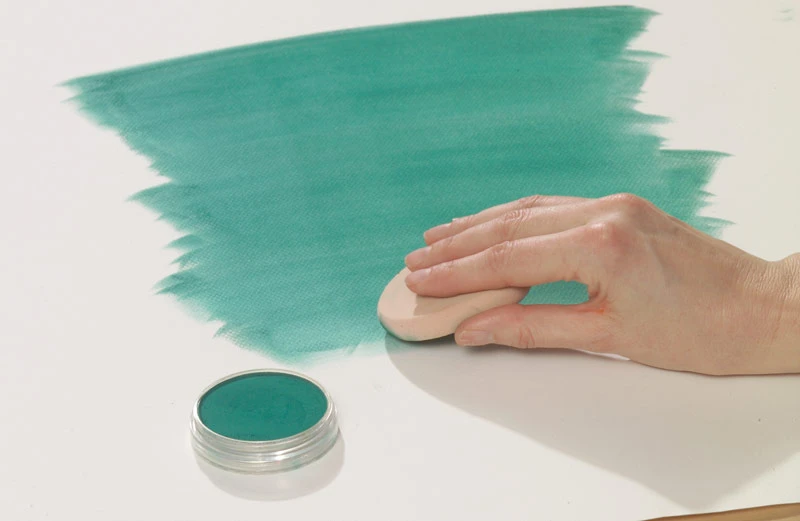
Underpaintings
A great way to begin using PanPastel for paintings is to lay down an underpainting. For example, blocking-in, for a landscape.
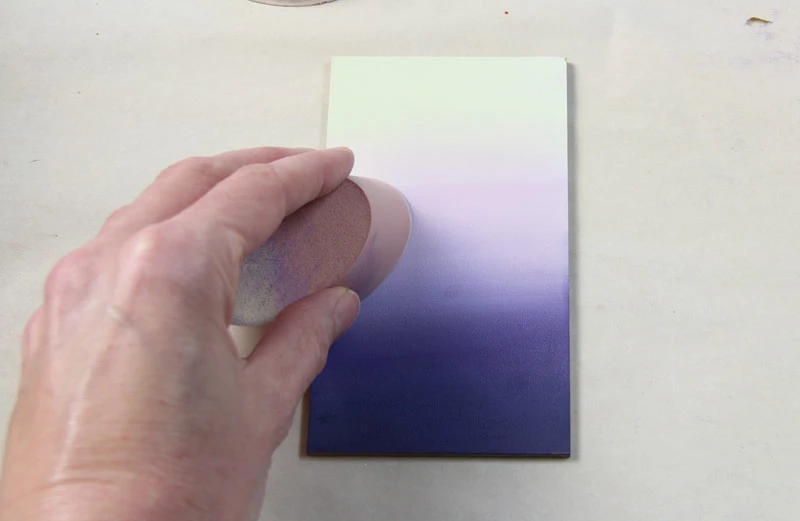
Backgrounds
Blend colors one into the other to create a gradated effect as a base to build on with PanPastel and/or other media.
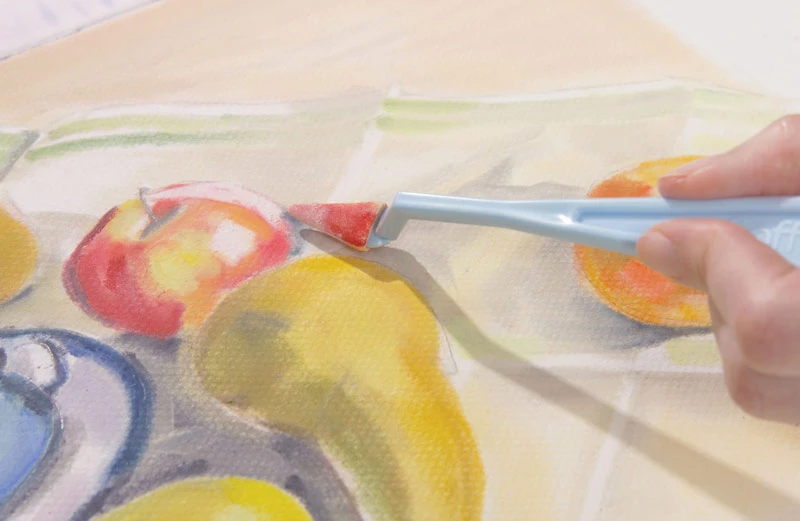
Mix & Apply
Using direct and deliberate marks, begin painting.
Tip: Lift the applicator once the mark has been made to avoid over-blending i.e. don’t overwork.
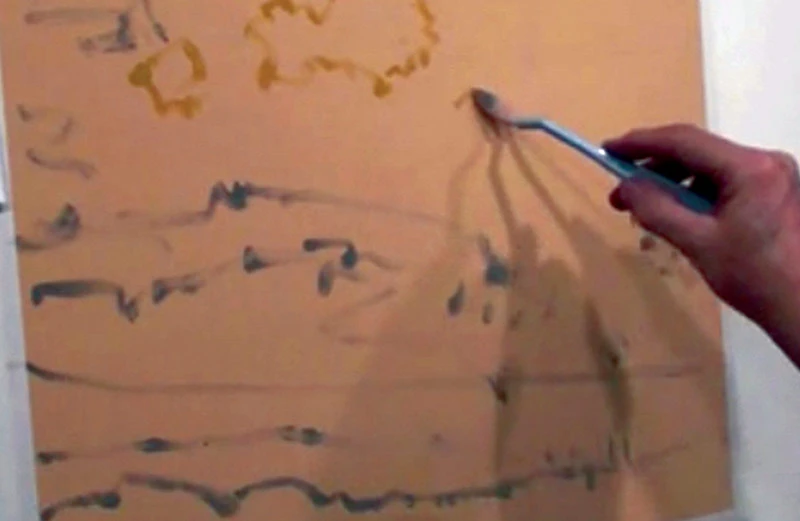
Sketch
Using Sofft® Knife (with cover) sketch the outline for the painting.
Practice with simple studies like this demonstration from Donna Aldridge.
Watch Deborah Secor’s painting tutorial.

